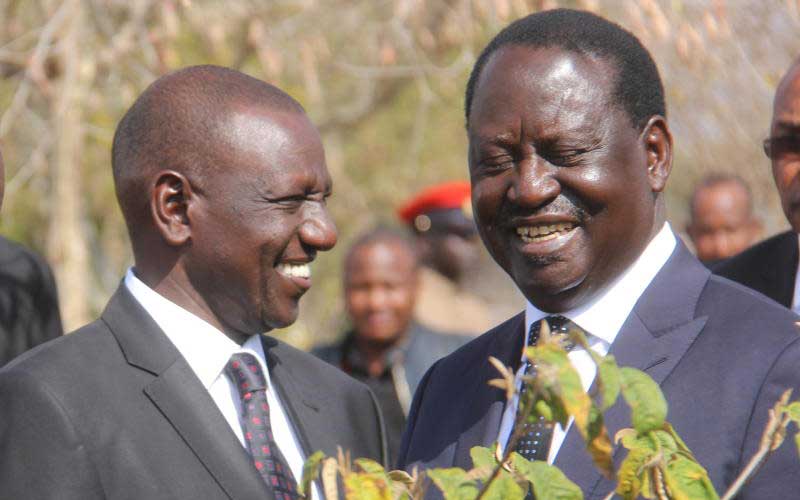×
The Standard e-Paper
Join Thousands of Readers

Deputy President William Ruto and Opposition chief Raila Odinga in a past event. Even in the absence of opinion polls, the two are the frontrunners in the 2022 elections. [File, Standard]
Two years after his controversial swearing in ceremony as “the people’s president,” Raila Odinga has defined competition for 2022 as a two-horse race between him and Deputy President William Ruto.